Natural Resources Section
The Natural Resources & NEPA Section conducts environmental analysis, consultation, and documentation to provide environmental certification for all NMDOT construction and maintenance projects statewide.
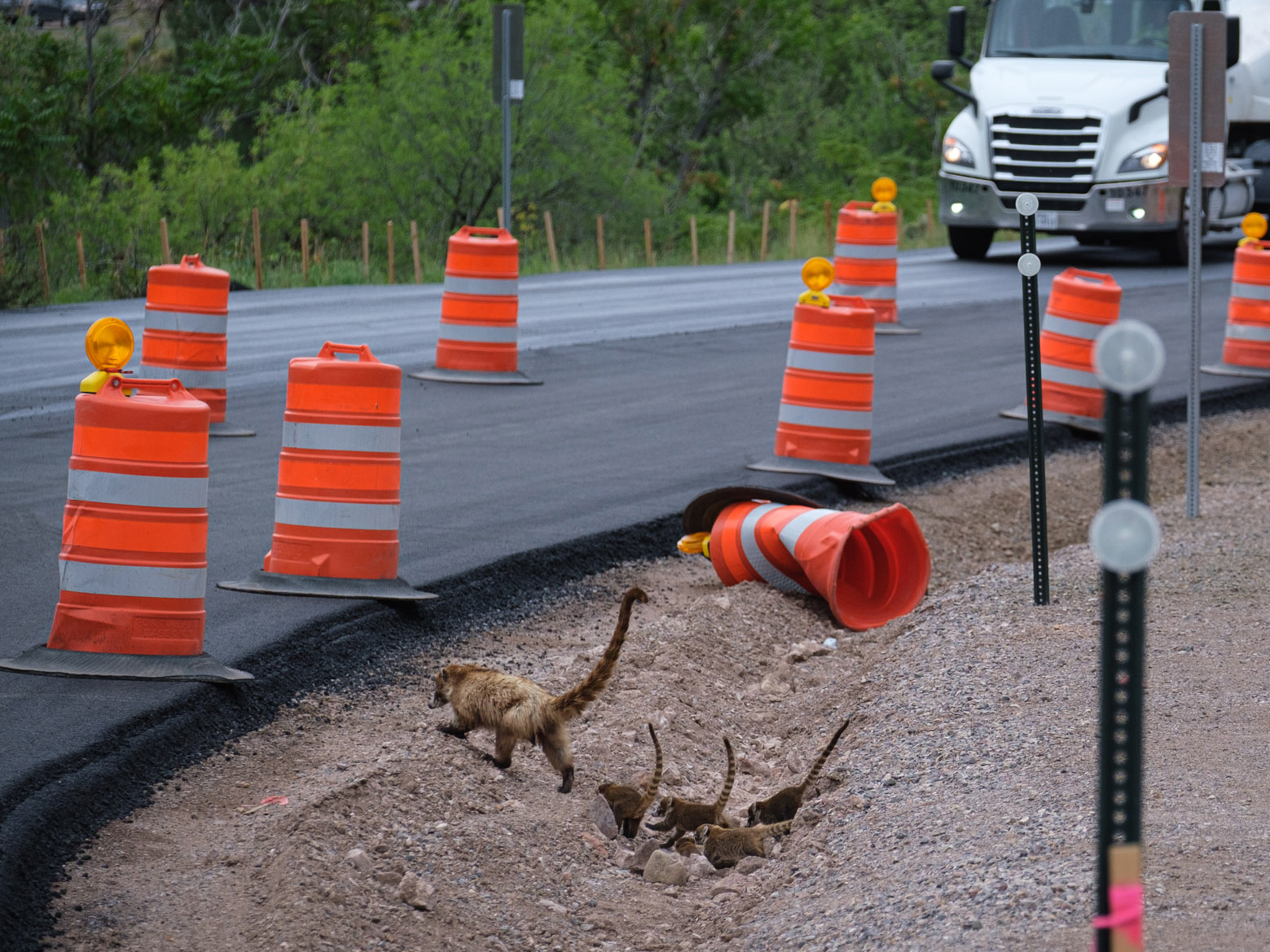
The Section coordinates with NMDOT Design teams and District offices to assess the environmental impact of each project and determine the level of effort and develop project timelines. Section staff conduct a wide range of desktop and field assessments to evaluate project impacts on wetlands and waterways and federal and state-listed species and their habitat and conduct consultation with the U.S. Army Corps of Engineers, the New Mexico Environment Department, and the United States Fish & Wildlife Service. The Section also assesses land ownership and management, noise and visual resources, socioeconomics, and public involvement. In response to New Mexico Senate Bill 228, the Section has dedicated staff to develop a statewide Wildlife Corridor Action Plan and integrate wildlife crossings into construction and maintenance projects. During emergencies such as wildfire and flood events, Section staff coordinates with federal, state, and local agencies to expedite response times. The Section also assess the environmental impact of NMDOT maintenance projects to ensure compliance with local, state, and federal regulations.
PROGRAMS
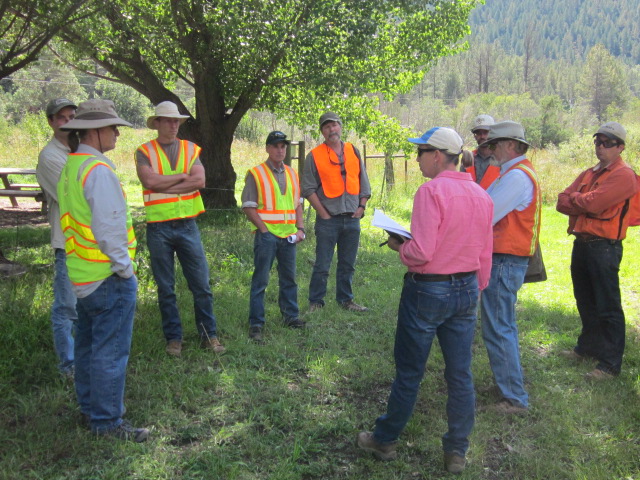
NEPA & Environmental Compliance
The National Environmental Policy Act (NEPA) of 1969 facilitates and documents the decision-making process for federally funded Highway and Bridge Projects. The Natural Resources & NEPA Section ensures that highway and bridge projects that are under design and development comply with environmental laws and regulations including the Clean Water Act, Endangered Species Act, National Historic Preservation Act, and other federal, state, and local regulations. The Section coordinates consultation between NMDOT Project Development Engineers and regulatory agencies such as the U.S. Army Corps of Engineers, New Mexico Environment Department, U.S. Fish and Wildlife Service, State Historic Preservation Office, New Mexico Department of Game and Fish and other agencies. Public input is solicited for highway and bridge projects that would have a significant impact on the traveling public. The environmental impacts and public input are commonly documented with Categorical Exclusions (CEs) and Environmental Assessments (EAs) in accordance with NEPA and the Federal Highway Administration.
Wildlife Corridors & Connectivity
Highways can inadvertently fragment wildlife habitat, potentially affecting resource availability, species distribution, and genetic diversity. Roadways can have a negative effect on wildlife populations through direct mortality as a result of vehicle crashes and also through the disruption of wildlife corridors. Collisions with large animals, such as deer, elk, bear, and other species pose a significant danger to driver safety. Since 2004, New Mexico has implemented a number of wildlife mitigation projects aimed at increasing safety to the traveling public and reducing the impact our highways have on wildlife populations by facilitating safe wildlife passage across the roadway. These efforts often use tall fencing to keep animals off the road and direct them to bridges or culverts large enough to pass under the roadway. With the passage of the Wildlife Corridors Act in 2019, NMDOT is now working with NMDGF to create a priority project list of collision hot spots and important wildlife corridors to further escalate our efforts in increasing motorist safety and reconnect fragmented wildlife habitat.
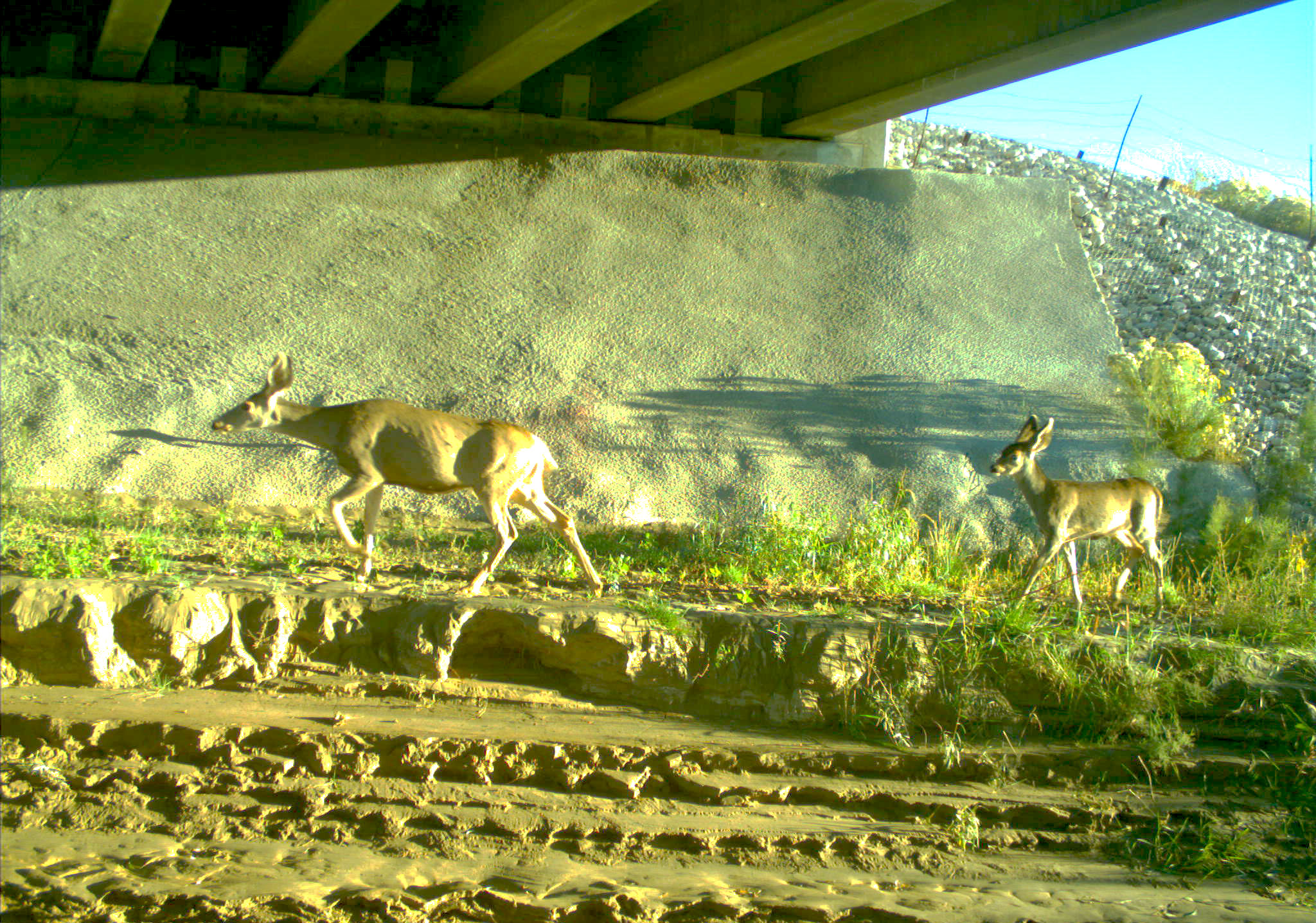
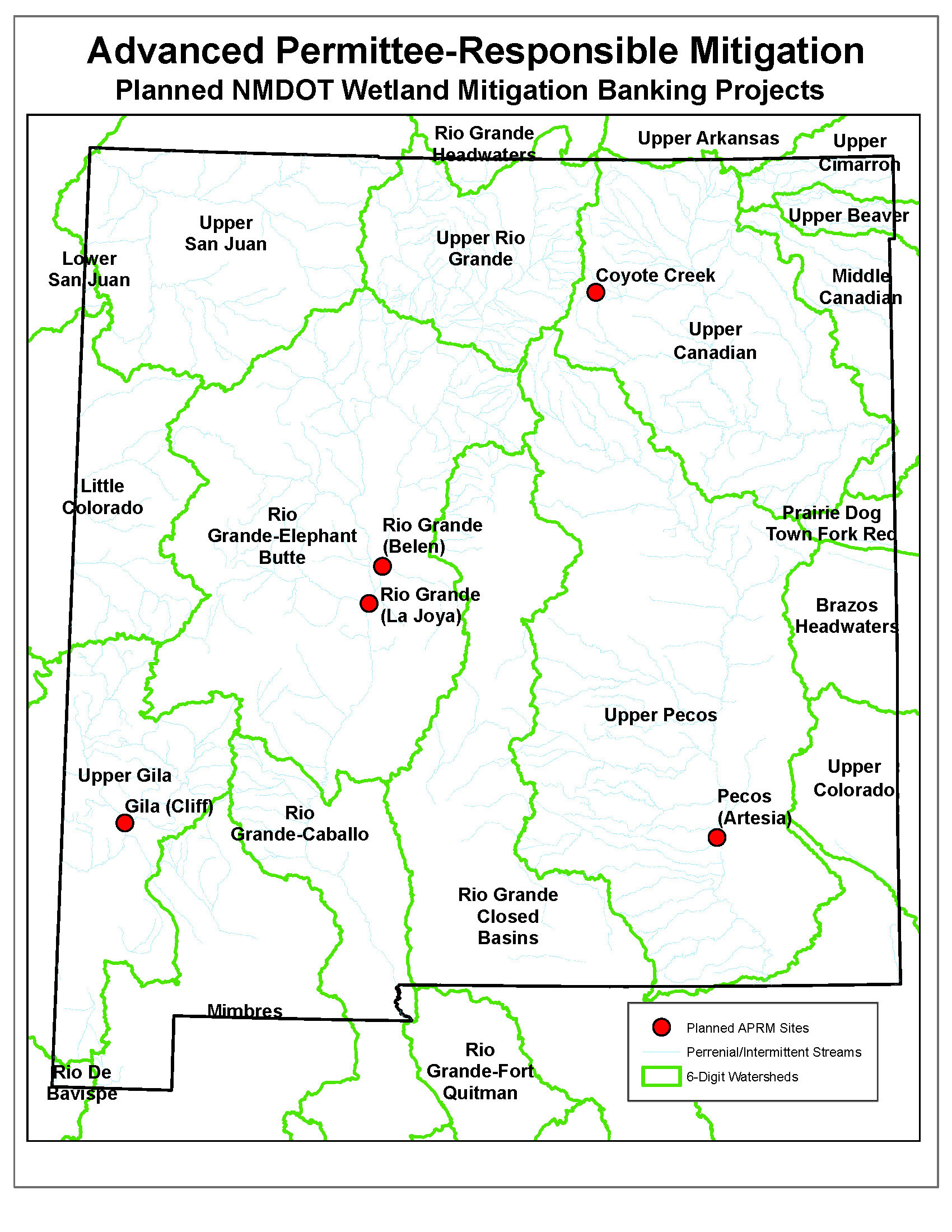
Wetland Mitigation
If a NMDOT construction project impacts a significant amount of wetlands, wetland mitigation may be necessary. Baseline studies, mitigation design, and consultation with the U.S. Army Corps of Engineers, the New Mexico Environment Department and potentially the U.S. Fish & Wildlife Service will be completed. Wetlands may be restored, created or enhanced by excavation, plantings, fencing, and natural channel design modifications. Wetland mitigation areas require follow-up monitoring to ensure the project goals are achieved.
The NMDOT, in coordination with the Federal Highway Administration and the U.S. Army Corps of Engineers, is currently in the process of developing Advanced Permittee-Responsible Mitigation (APRM), also known as wetland banking. This allows the NMDOT to complete wetland mitigation in advance of known construction impacts and maintain credits with the U.S. Army Corps of Engineers, which prevents project delays while also improving larger wetlands that provide greater ecological services and habitat.
Dust Storm Mitigation
The Dust Storm Mitigation program addresses major dust-contributing sources located outside the roadside environment by coordinating with private landowners, government agencies, research institutions, public safety and political officials, and other stakeholders. These dust-contributing sources could be caused by agriculture, ranching, land development, industry, or other sources, and can significantly decrease the visibility on nearby highways which results in hazardous driving conditions. The Dust Storm Mitigation program works voluntarily with landowners and managers to develop a management or reclamation strategy to mitigate the severity of dust-contributing sources and improve visibility and safety on New Mexico highways.
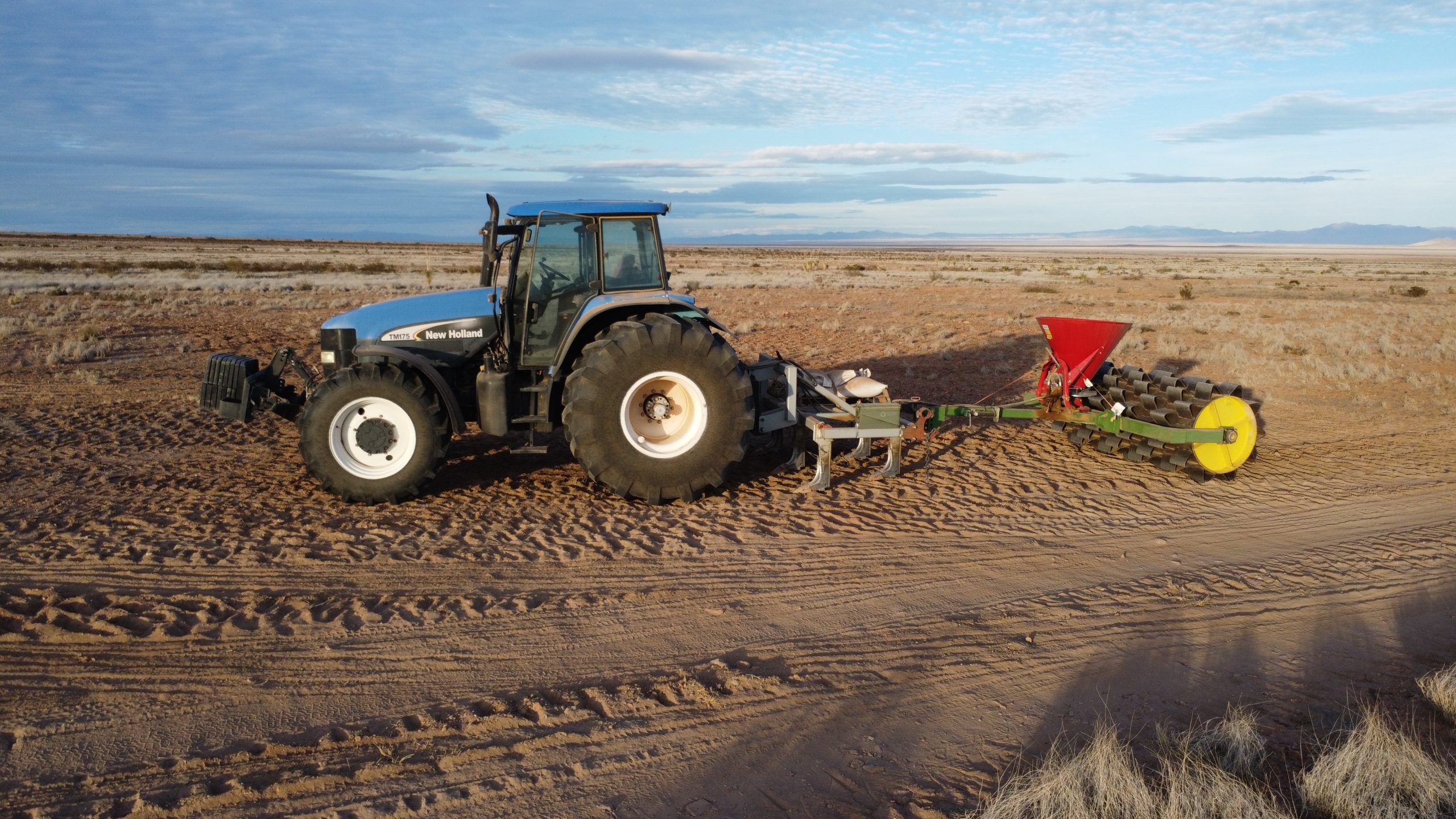
Resource Protection
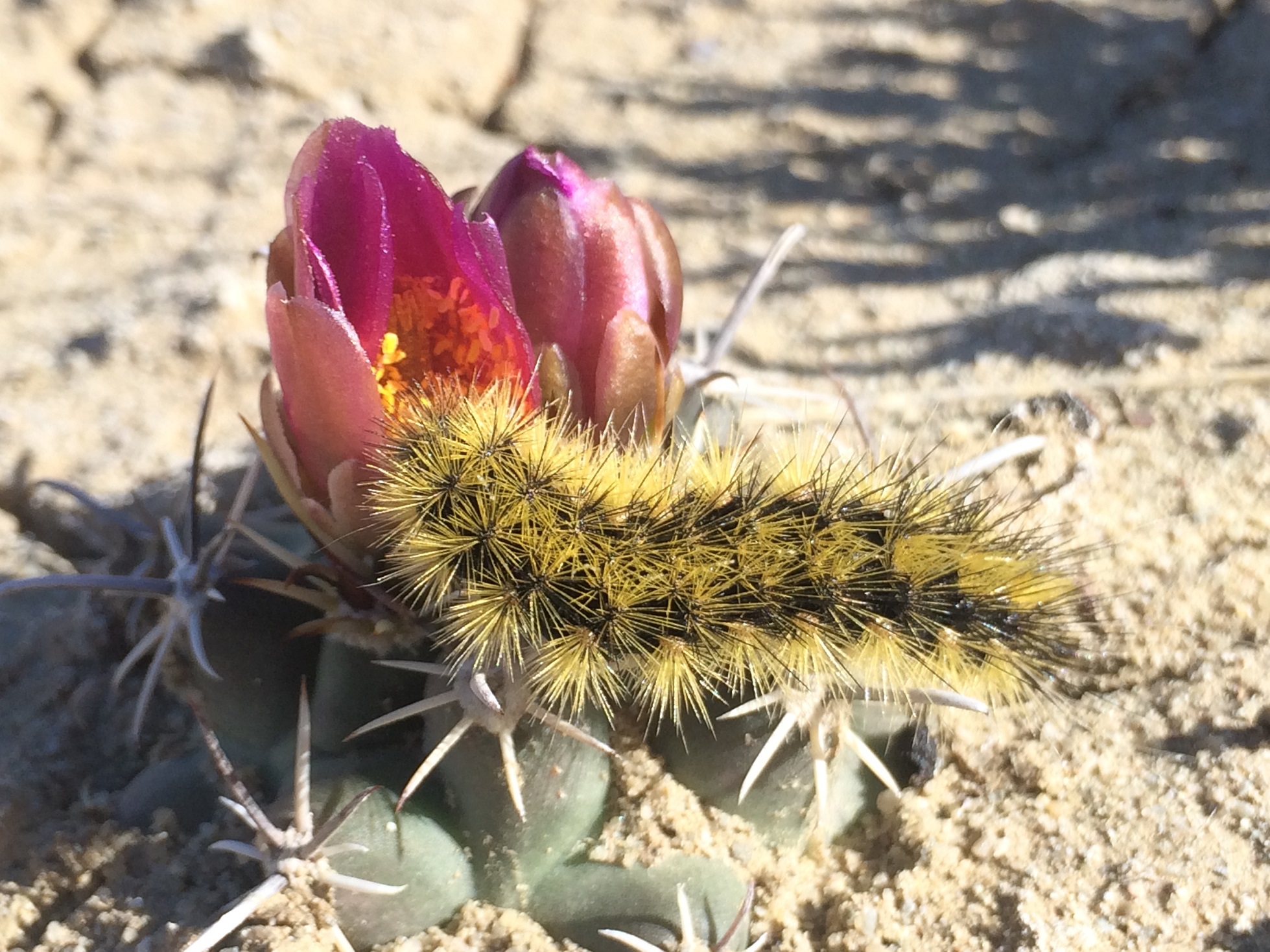
Threatened and Endangered Species
U.S. federal law protects critically rare animal and plant species and their habitats. The Endangered Species Act of 1973 (16 U.S.C 1531) provides for the protection of species that are at risk of extinction and for the protection of ecosystems on which they depend. The US Fish and Wildlife Service coordinates the Endangered Species Act but other federal and tribal agencies have additional sensitive species requiring protection. New Mexico has a wide range of threatened and endangered species, from endemic fish, snake and amphibian species in the Gila, to the Rio Grande silvery minnow, to plant species such as the Mesa Verde cactus and the Pecos sunflower.
The NMDOT consults with the US Fish and Wildlife Service and coordinates with other government agencies and the public to ensure that construction and maintenance impacts on T&E species do not have an adverse effect, or that the adverse effect is mitigated through other conservation actions that will benefit the species. New Mexico also has a state endangered plant species list that is maintained by and requires consultation with the Forestry Division within the Energy, Mineral and Natural Resources Department.
Bats and Bridges
There are approximately 29 known bat species present in New Mexico. Of these, 28 are known to use, or have potential to use, bridges or culverts. This use may be limited to short-term activities such as transitional roosting but could also include critical life phases such as breeding, hibernation, or fulltime residency. Bats provide invaluable ecosystem services such as insect suppression, pollination, and seed dispersal, as well as cultural importance. Human impacts have caused bat population declines, and often when bridges are replaced or repaired, the previously existing roosting habitat for bats (such as exposed joints or crevices) may be lost.
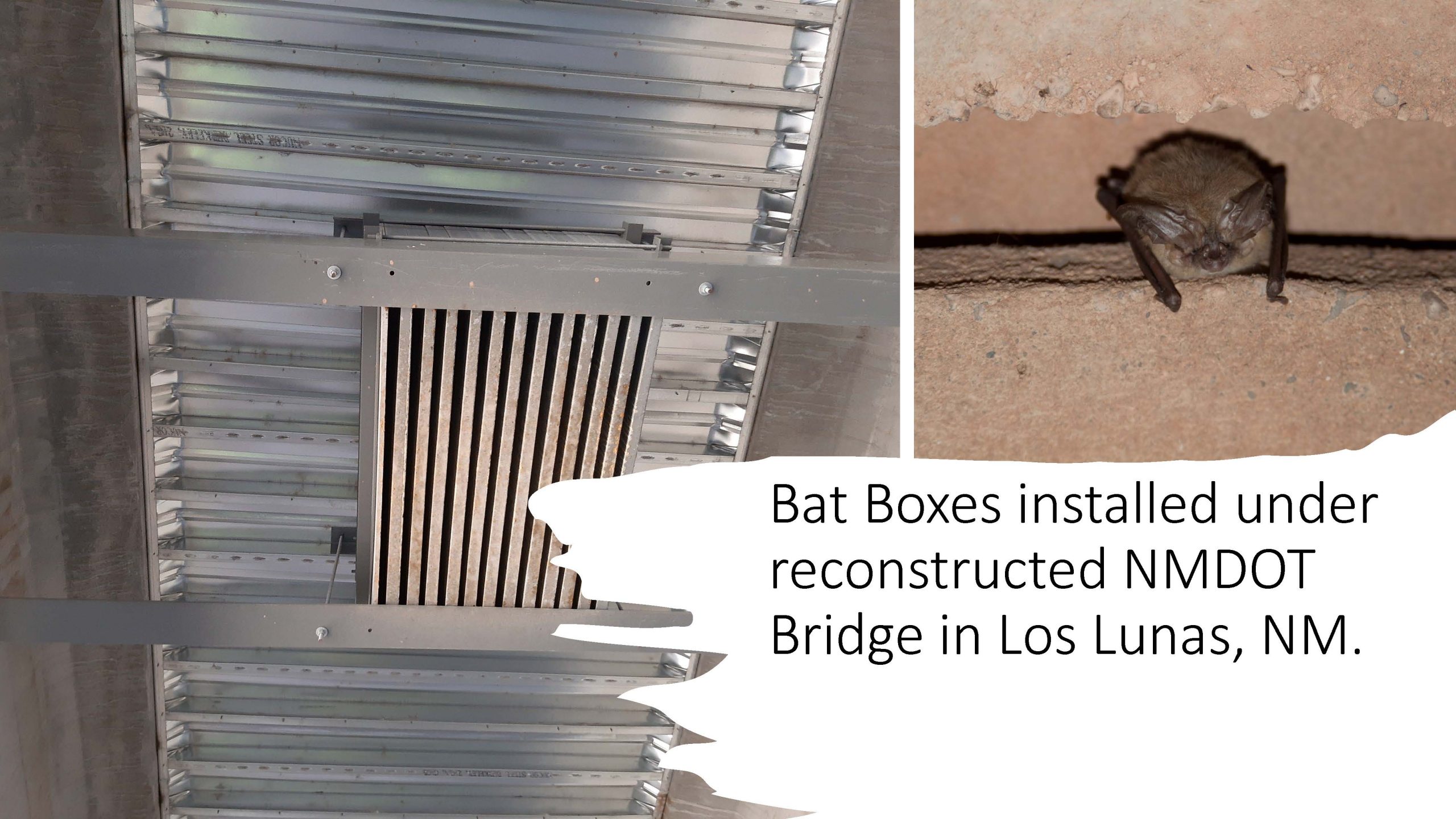
To mitigate lost bat roosting habitat when replacing an old bridge, NMDOT installs “bat boxes” at under the new bridge. These structures are installed to facilitate bat use equal to, or greater than, that of the previous structure. These efforts ensure that road and bridge projects minimize impacts to bat populations so that they may continue to provide their essential services to New Mexico.
